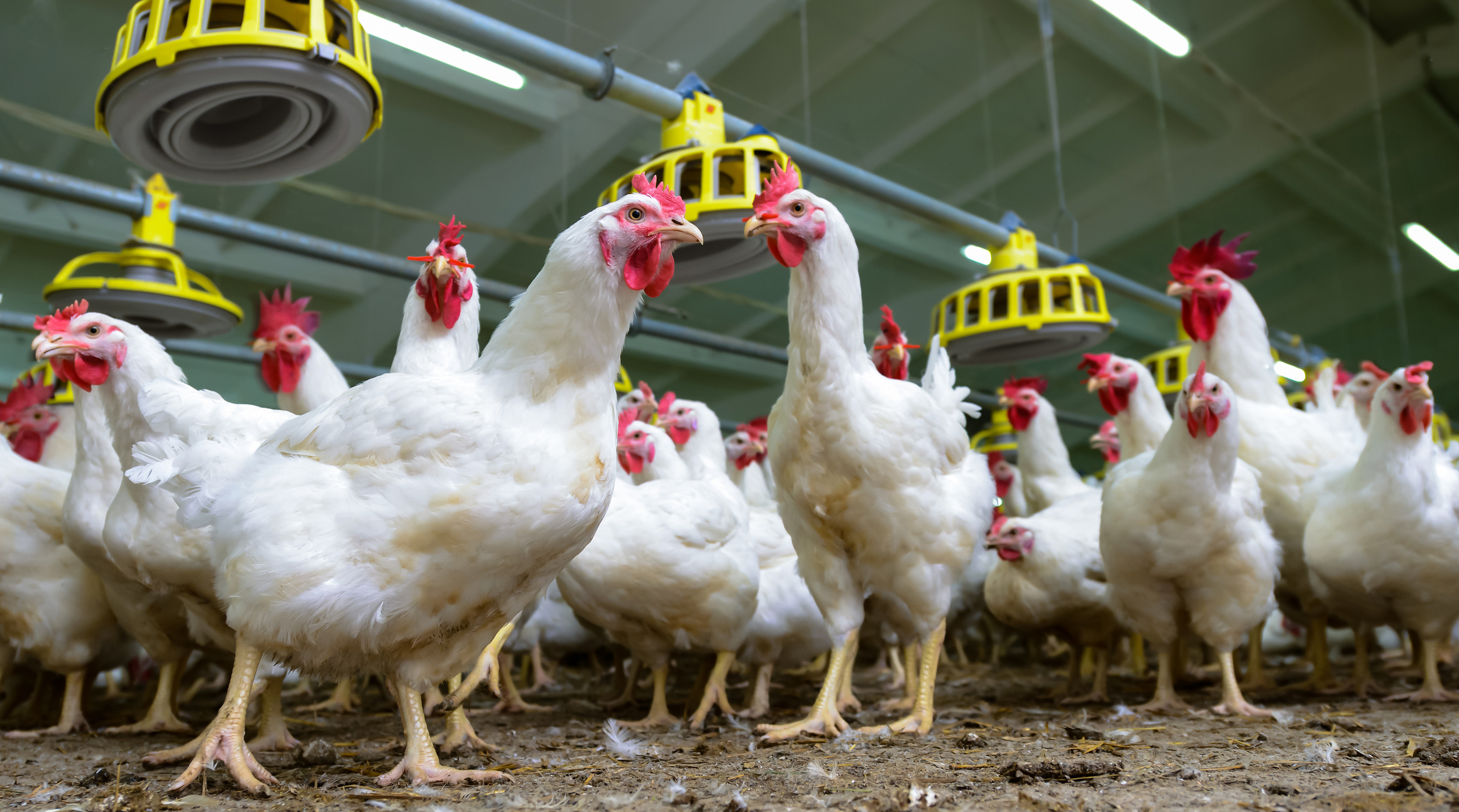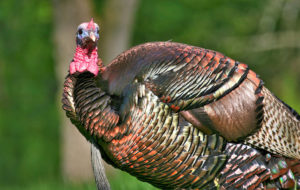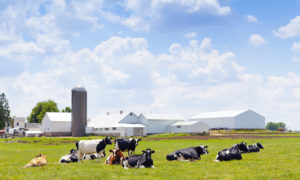
Agency finalizes rule on production standards for organic livestock and poultry.
For many consumers, seeing the label “organic” on a product at a grocery store justifies paying a higher price. On a carton of eggs, for instance, an organic label may signal to consumers that a particular farm treats its chickens humanely, and that it incurs higher costs by providing this elevated standard of care.
But because of ambiguity in existing regulations, not all producers of organic livestock and poultry products use practices that conform to consumers’ expectations. In an effort to reduce ambiguity, the U.S. Department of Agriculture (USDA) recently amended its regulations to clarify requirements for organic poultry and livestock producers. The new rule will mandate that producers seeking to label their products as being USDA organic meet certain requirements, such as restricting the use of artificial light within indoor structures, providing animals with daily access to outdoor areas, using humane handling requirements before and during slaughter, and guaranteeing animals a minimum amount of space.
One of the most prominent issues addressed by the new rule is the definition of the phrase “outdoor access.” According to the agency, ambiguity surrounding what constitutes outdoor access has led to inconsistent application of this requirement across producers.
For instance, the ambiguity in preexisting regulations has allowed U.S. egg producers using two very different types of egg production systems to claim that they are organic. Although many farms provide their chickens daily access to pasture, many others keep their chickens in enclosed porch systems while still claiming that these porches constitute sufficient outdoor access. In resolving this discrepancy, the agency notes that farms using enclosed porches, which contain chickens in a concrete structure surrounded by wire mesh, will not satisfy the clarified outdoor access requirements of the new rule.
Under the new USDA rule, outdoor areas must have vegetation, soil, or both, and animals must be given access to these areas through doors that allow ready entry and exit. This change, the USDA notes, “better aligns organic livestock and poultry standards with consumer expectations.”
Additionally, the new rule prohibits some—but not all—physical alterations on animals. Producers currently implement certain physical alterations, such as docking the tails of pigs or trimming the beaks of poultry, to prevent behaviors caused by aggression or boredom that arise during confinement. The new rule will prohibit organic producers from making certain types of physical alterations and will only allow them to undertake other physical alterations after taking alternative steps to prevent harm to the animal and documenting the relevant animal welfare reasons for the alterations. As an example, the USDA notes that an organic swine producer seeking to perform tail docking on pigs must document specific instances of tail biting, as well as efforts taken to prevent tail biting through alternative means before resorting to docking.
Industry groups are split on their support for the rule and its requirements. The Organic Trade Association, which represents organic farms, has voiced strong support for the final rule, stating that animal welfare “has always been a high priority of organic producers.” The association further states that the heightened standards will reinforce the trust of organic consumers, who believe that “the organic seal represents a meaningful differentiation from other agricultural practices.”
But, non-organic trade associations, such as the National Pork Producers Council, oppose the rule on the grounds that it incorporates “animal welfare standards that are not based on science” and regulates production practices that “have nothing to do with the basic concept of ‘organic.’” According to the Council, livestock should be considered organic based on the feed and medication that they consume, not the overall standard of treatment that they receive.
Moreover, food and farm policy watchdogs have also raised concerns that the new rule not only contains legal inconsistencies but also inadequately safeguards animal welfare. The Cornucopia Institute, a policy group that focuses on sustainable and organic agriculture, notes that the new rule requires organic producers to “accommodate the well-being and natural behavior of animals” but fails to prohibit common practices such as tail docking. These practices, the Institute argues, are at odds with the regulation’s mandate of accommodating animal “well-being.”
The rule will become effective in May 2017 after undergoing additional regulatory review by the White House Office of Management and Budget (OMB). Following the change in presidential administrations, the OMB is re-evaluating regulations that were published in the Federal Register during the Obama Administration but that have not yet taken effect.



